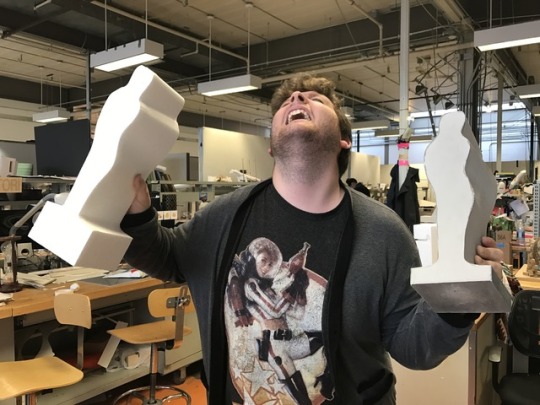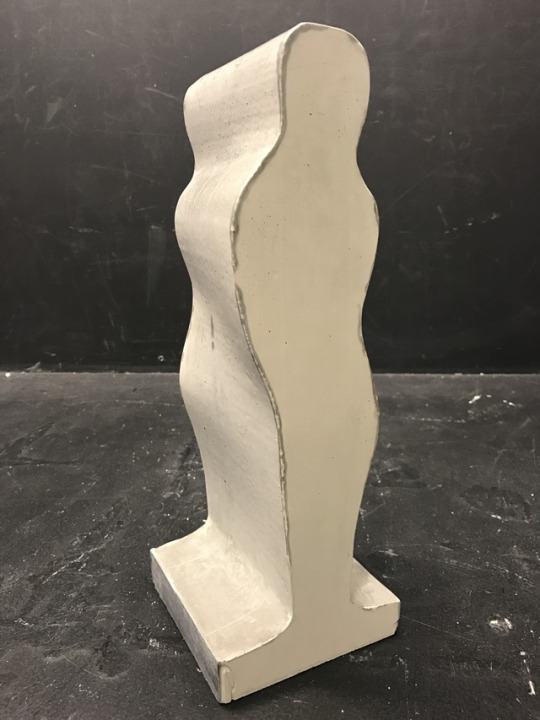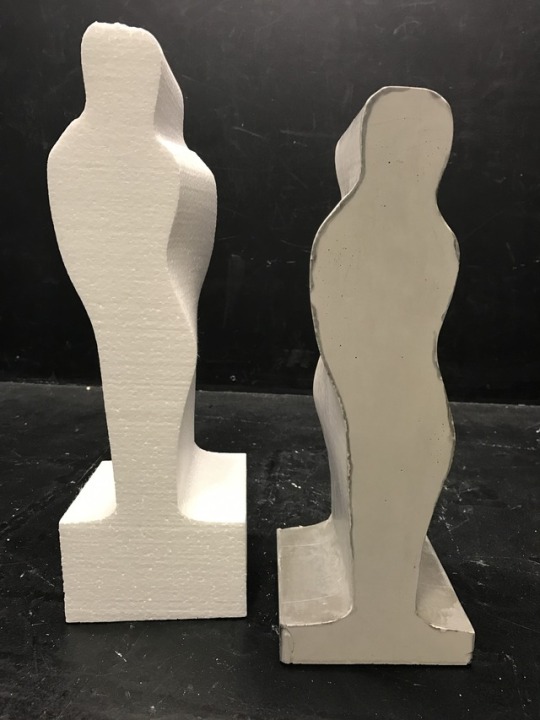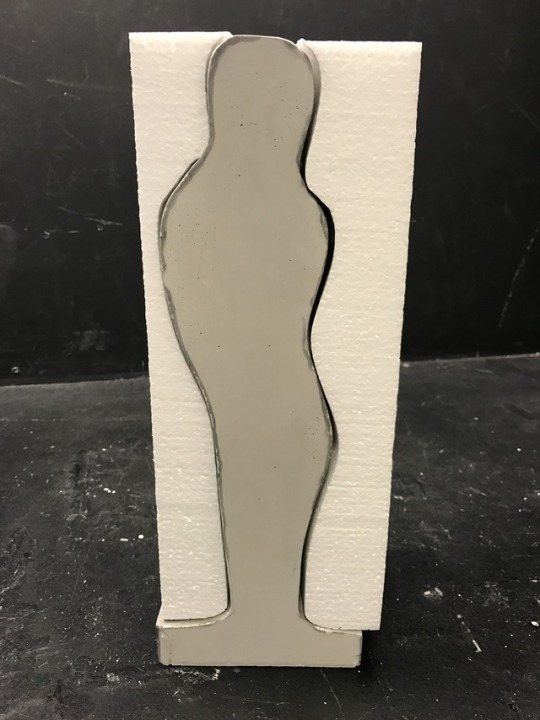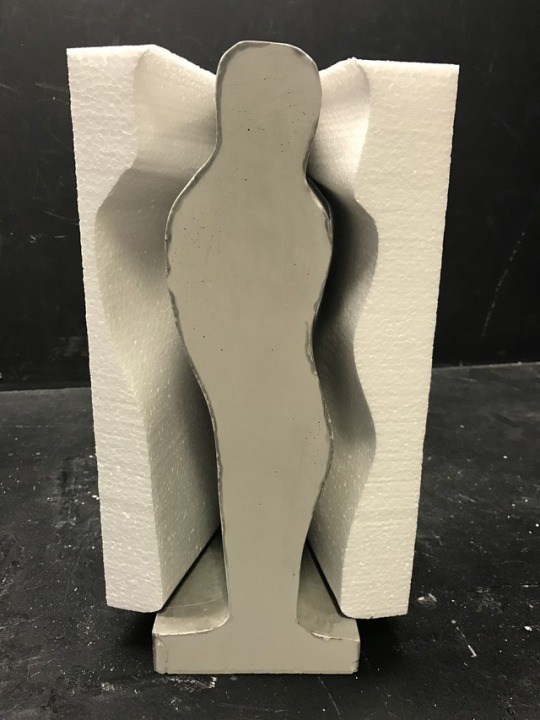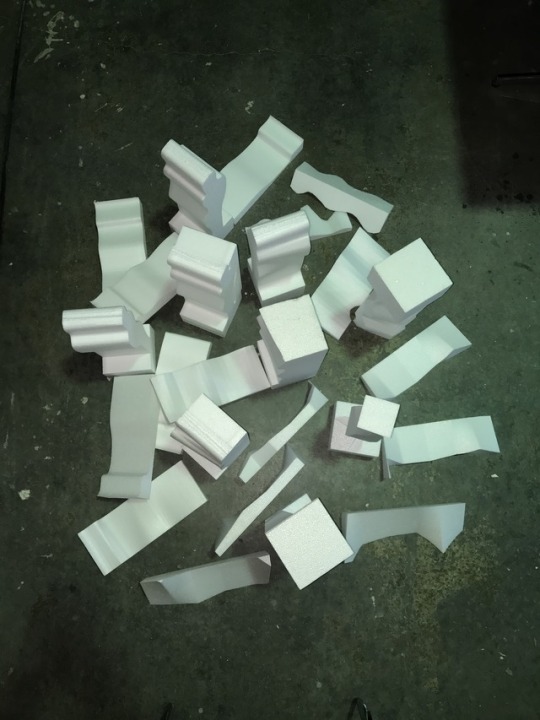Text
Haraway, “Situated Knowledges”
4.6.17~
“Feminist objectivity is about limited location and situated knowledge, not about transcendence and splitting of subject and object. It allows us to become answerable for what we learn how to see.” (583)
If you can’t consider all aspects of a social process—including those outside views of the “white male”—or rather distance the subject from the object, observations and therefore science become skewed, limiting and lacks variety and diversity, hence the need for the situated knowledge Haraway proposes. For whatever reason, there’s a focus on the hierarchical presence of the white male in these social processes, therefore demeaning the body, or opinion, of one outside the stereotypical qualifications in the science realm. With feminist objectivity, situated knowledge gives credibility and value to an observation where it is deserved, disregarding the body in which the opinion comes from. As Haraway states, “We need the power of modern critical theories of how meanings and bodies get made, not in order to deny meanings and bodies, but in order to build meanings and bodies that have a chance for life.” (580)
…in order to build meanings and bodies that have a chance to have an opinion, to have self-worth, and not to feel that their knowledge has lesser weight on the overall objective because their physical standards don’t meet cultural requirements or expectations.
0 notes
Photo
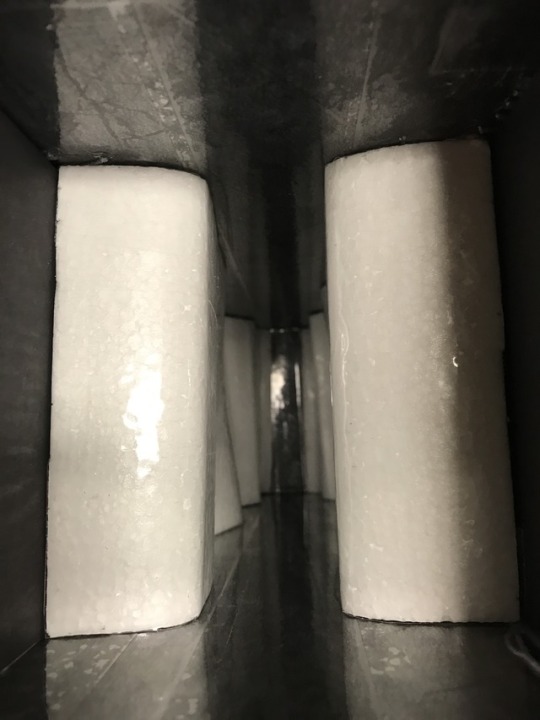
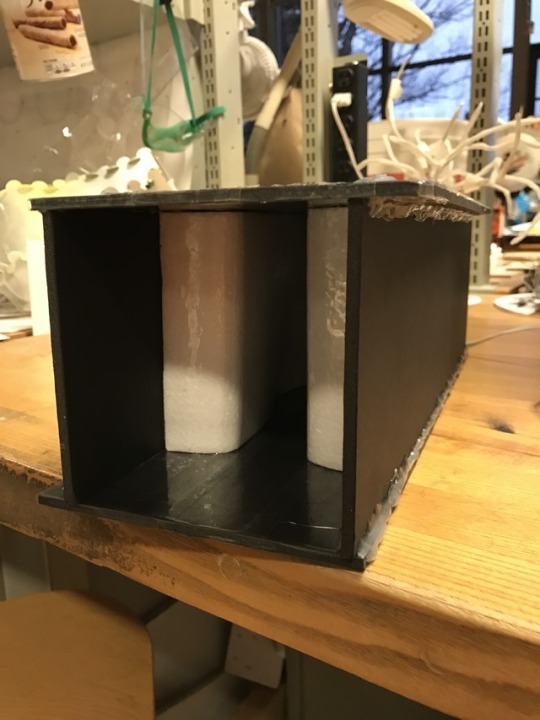
Exercise 7~ Preparing the framework for our cast. We sealed each surface with packaging tape not only to prevent the Rockite from disintegrating the foam, but also to yield a shiny finish on our casted form.
0 notes
Photo
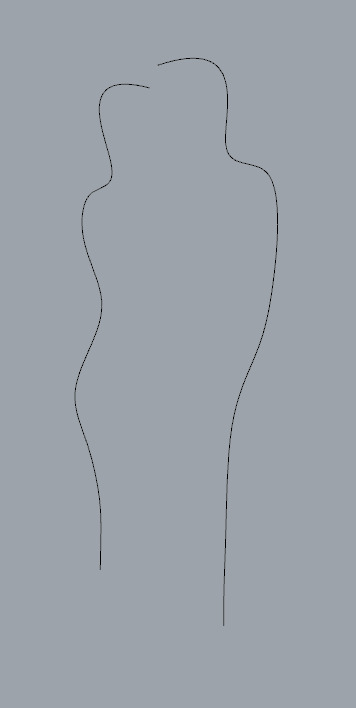

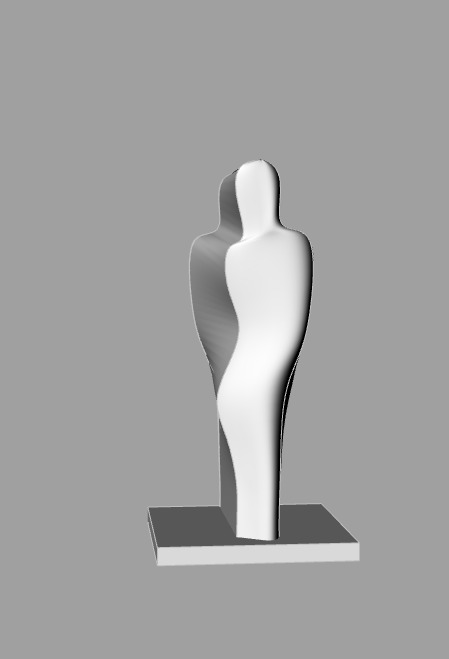
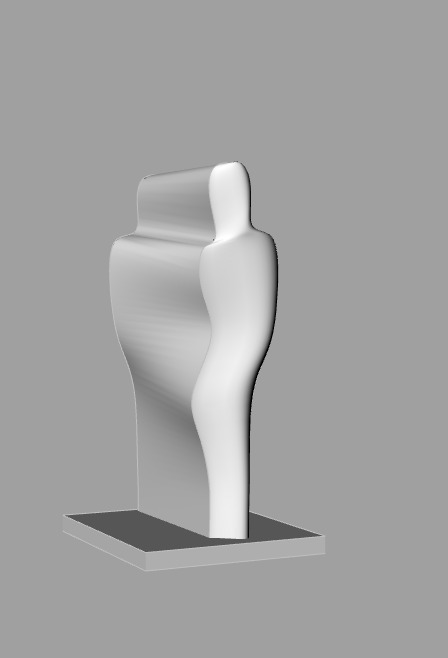
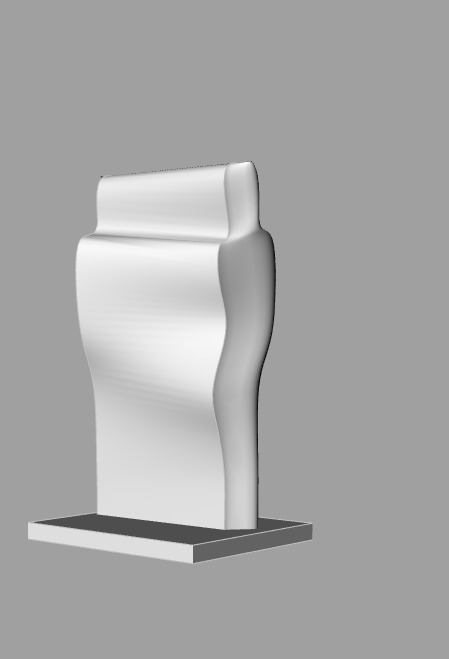
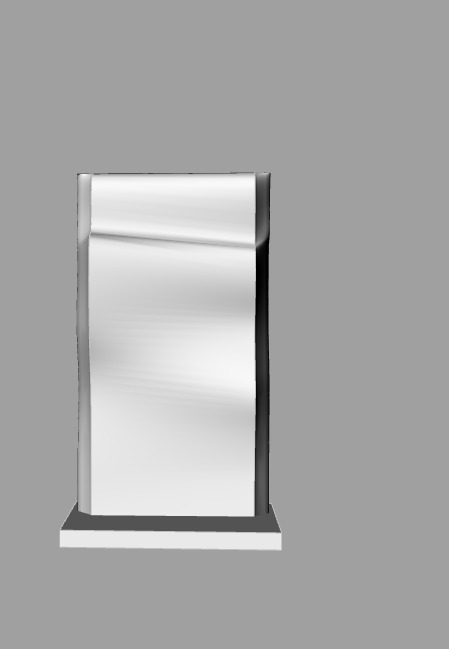
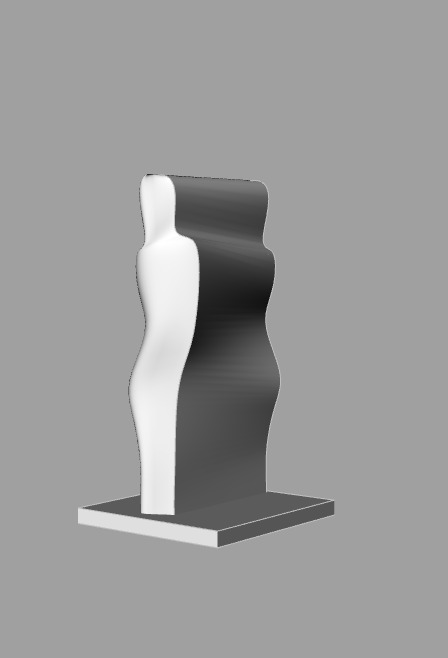
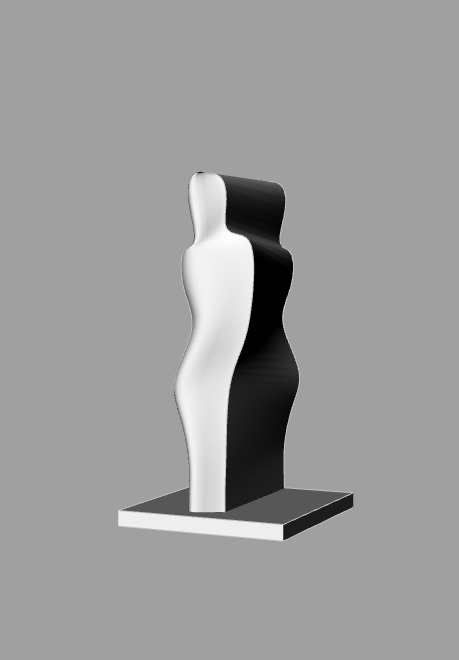
04.05.2017
Exercise 7 Part 1
Stephanie Wagner, Ben Wichman, Michelle Bonin, Jordan Cummings
After iterating on a few ideas, we decided to cut and cast the form that is pictured above. We morphed together a man and a woman, mirrored the form, and set it face-to-face to its backwards twin. Lofting the curves created a really interesting form that shows a 360 degree view of how the two contrasting bodies begin to admix.
3 notes
·
View notes
Photo

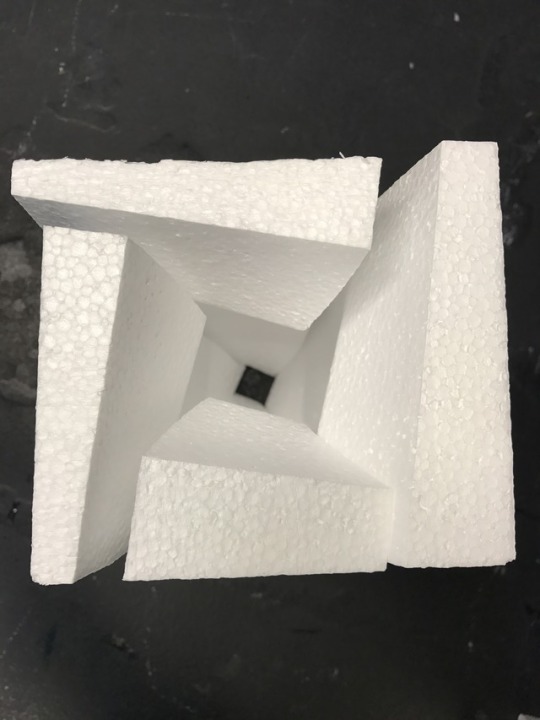

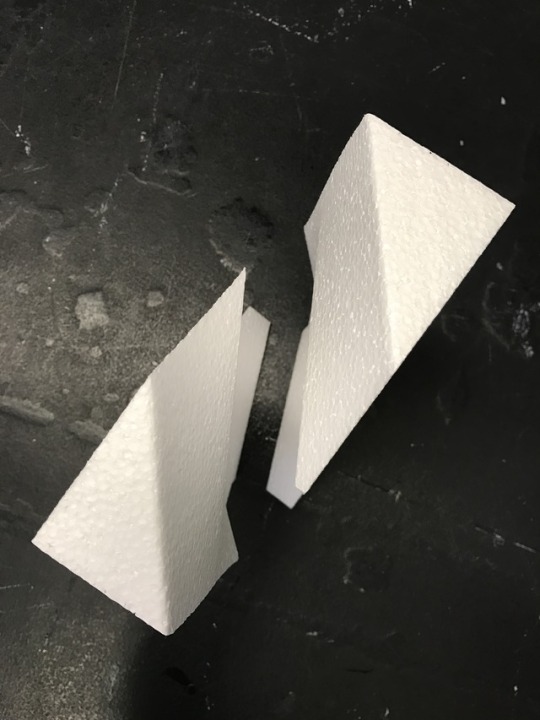

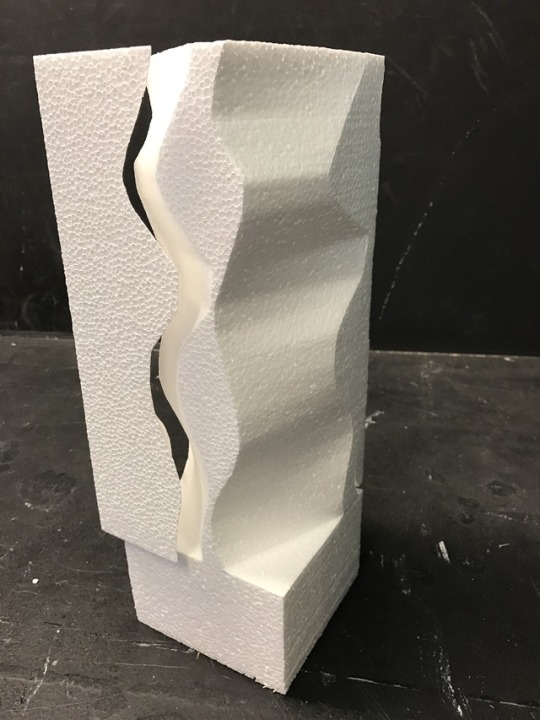
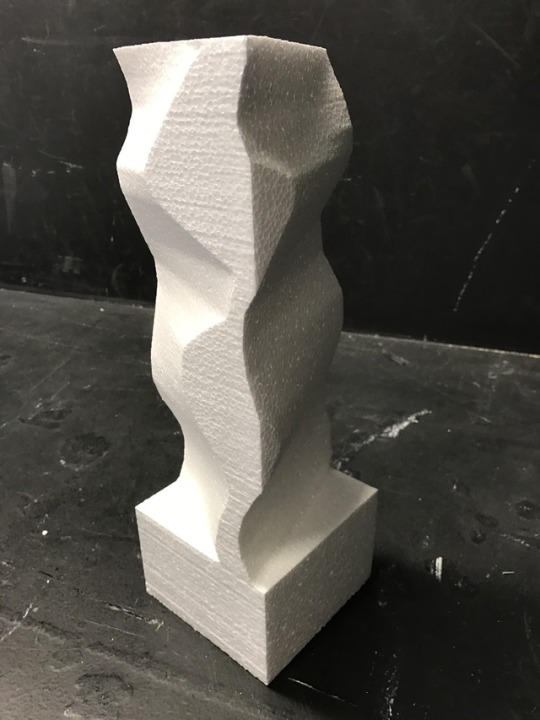
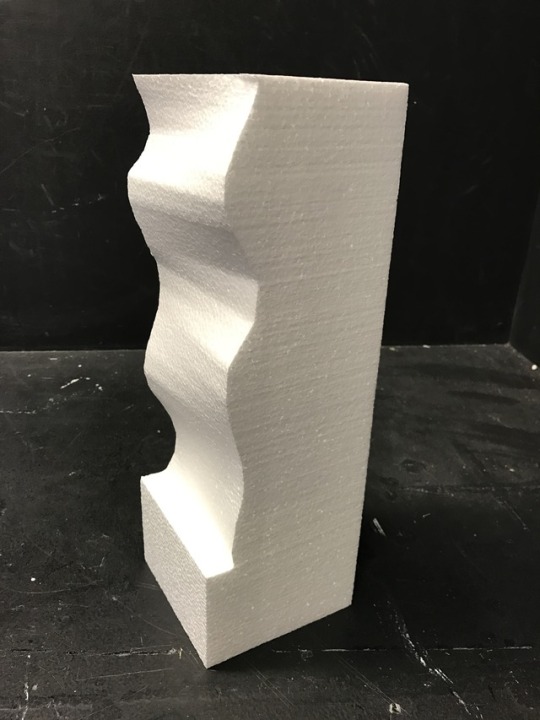
Exercise 7~ Stephanie Wagner Ben Wichman Michelle Bonin Jordan Cummings These are a few of our first explorations of the hotwire carvings. We utilized the same files repeatedly, changing the angle of the cut with each piece. This produced many interesting forms as well as unique potential for future casting.
4 notes
·
View notes
Video
Exercise 7~ Stephanie Wagner Ben Wichman Michelle Bonin Jordan Cummings
1 note
·
View note
Photo
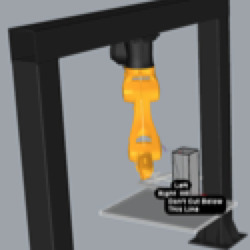
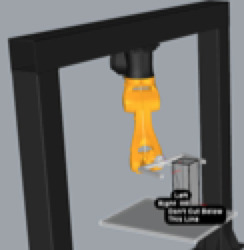
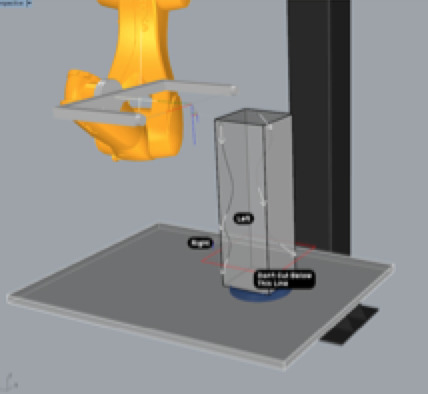


Exercise 7a~
This exercise was designed to explore the KR6 Robot in the Fab Lab. I drew curves with varying depths and heights to see how the robot would respond and cut into the foam. I have saved three different sets of SRC files, all of which utilize different curve division settings. I did this to be able to observe any significant changes in the linear quality of the foam pieces.
0 notes
Text
Crawford, “The Jig”
3.30.17~
For as long as I can remember, a “jig” was simply an object used to prop up another object. When in the woodshop, we’re taught to use a jig to create the appropriate angle or position for the next cut. This article by Crawford has allowed me to understand a jig on an intellectual level with respect to space. Crawford compared the spatial components of a jig to that of a cook
He has observed cooks leaving a knife or other utensil next to the ingredient to be used next, serving to mark its place in the action plan. This frees them from the kind of halting deliberation that you can see at a glance in the movements of a beginner who is relying on conscious analytical processes. Experts make things easier for themselves by ‘partially jigging or informationally structuring the environment as they go along. (33)
I began to consider how I am constantly arranging my environment to make things easier for myself. For example, something as simple as getting ready in the morning is arguably “my morning jig.”
1) I set my towel next to the shower so that it’s ready when I get out
2) My toiletries are placed in the same spot for quick and easy access because it is something I have routinized
3) I set my robe next to the door to prepare me for my travel from the bathroom to my room to get dressed
4) My clothes are set out the night prior so I don’t have to think about it in the morning
5) My shoes are typically placed by the door to put on right before I leave
It seems excessive, but I recognize it now as a jig or, as Crawford defines, a “procedure that guides a repeated action by constraining the environment in such a way as to make the actions go smoothly, the same each time, without his having to think about it” (31). Some call it OCD; I call it a jig.
0 notes
Text
Keramas, “Robots...”
3.23.17~
According to Time Magazine, “The robots are made by Kiva Systems, a company Amazon purchased for $775 million in 2012 to better handle the hundreds of worldwide orders Amazon customers make every second.”
In other words, to keep up with the fast-pace sales Amazon has been experiencing, the company has been dependent on the use of these robots to maintain quick and efficient deliveries. Keramas stated,
These factors and many others, such as reducing production cost, improving quality, and increasing productivity, to name just a few, have contributed to the growth of robots and will continue to impact their evolution, both in pace and direction. (6)
I find these near identical practices of Amazon and James G. Keramas intriguing mainly due to the 14-year gap between the publications of Keramas’ text, Robot Technology Fundamentals, in November of 1998 to Amazon’s large purchase of robots at Kiva Systems in 2012. Sales have only continued to increase exponentially for the worldwide corporation, increasing the number of robots necessary to keep the business running. Whether they have reduced production cost and improved quality or not as Keramas says above, it is evident that these robots are the primary reason for the increase in productivity resulting in more satisfied customers which, in turn, has potential for more returning customers and therefore a greater profit in the long run.
1 note
·
View note
Photo

Exercise 7~
“I do think, in time, people will have, sort of, relationships with certain kinds of robots - not every robot, but certain kinds of robots - where they might feel that it is a sort of friendship, but it’s going to be of a robot-human kind.”
-Cynthia Breazeal
This robot gets me.
#stayingdryinthemitten #rainorsnoworsleet #nooneknows
0 notes
Photo

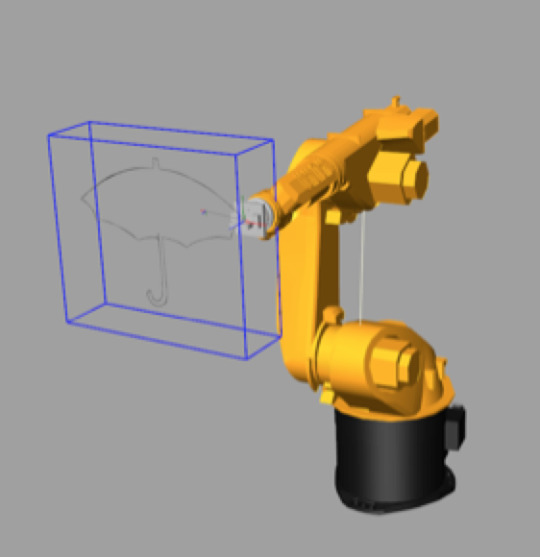


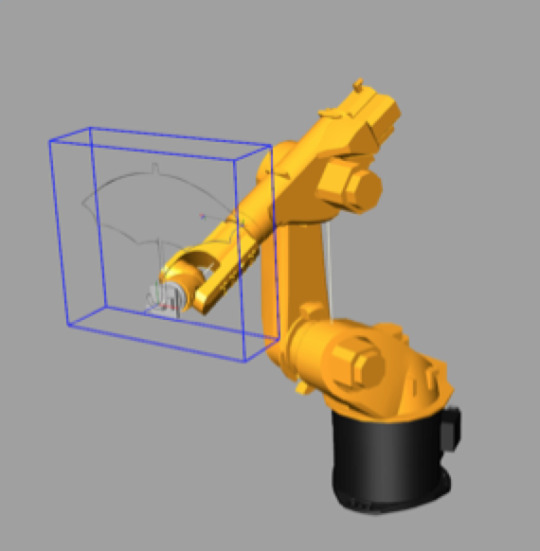
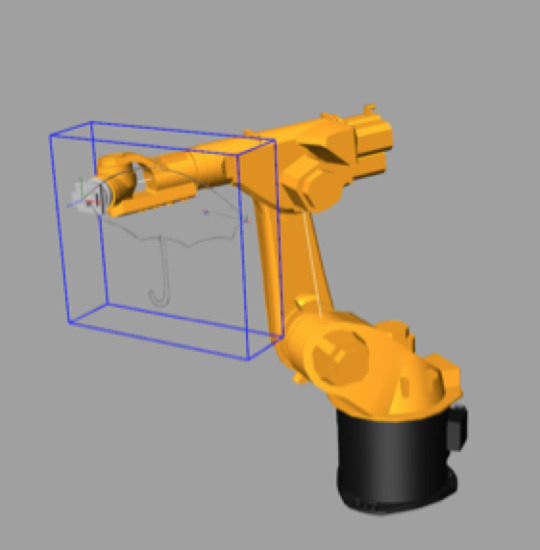

Exercise 6a~
3.16.17
You need to protect yourself from all this [insert type of Michigan precipitation here] somehow...
0 notes
Text
Carr & Smith
3.16.17~
These particular readings sparked a couple different branches of thought:
1—
When plans were hand-drawn, architects would painstakingly double-check all the dimensions before handing blueprints over to construction crews…measure twice, cut once. With software-generated plans, they’re less careful about verifying measurements. The apparent precision of computer renderings and printouts leads them to assume that the figures are accurate. (Carr, 69)
I believe this to be a partial cause for the plethora of disciplines within the field of architecture and even further, a greater disconnect between the disciplines—I had discussed this in a previous reading response (“Carpo & DeLanda”). When we rely solely on digital computation, we, as designers, get lazy and lose sight of the details as MIT Sociologist Sherry Turkle proposes in Carr’s paraphrase quoted above. Due to our lack of effort to change this behavior we have become accustomed to, new “subcategories” began to form within architecture. You can be a landscape architect, interior architect, interior designer, urban planner, industrial designer, etc. This is strictly on the design end of the spectrum; you can also take the more technical route into careers relating to engineering including architectural engineering, structural engineering, civil engineering, etc. The list goes on. Now, one may argue that this is not a direct result of the digital age and each career has its own necessary specialization to meet cultural demands, however, I’m simply proposing that it was a factor and it is the narrow specialization in each that resulted from our reliance on the apparent precision of computer software.
2—
All of these techniques and the visual qualities of the object that resulted depend on physical and chemical properties that have been thoroughly understood by scientists only recently. But they have long been understood by the artist in terms of the interaction of the eyes and hands and tools with the materials from which the object was being made. (Smith, 31)
Have we gone so far into the digital realm that we’ve completely lost all forms of human interaction? How do we expect to produce or design architecture appropriate to the human race while blatantly neglecting the importance of the human interface? Our past failures, including the navigation disaster of the 1,500-passenger ocean liner, Royal Majesty (Carr, 68), ultimately prove our lack of understanding of digital productions. So what, then, does our alternative become? Or have we lost all sense of reality that we may not have one?
0 notes
Photo
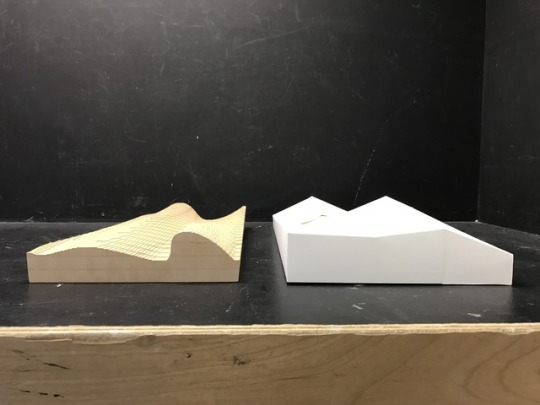


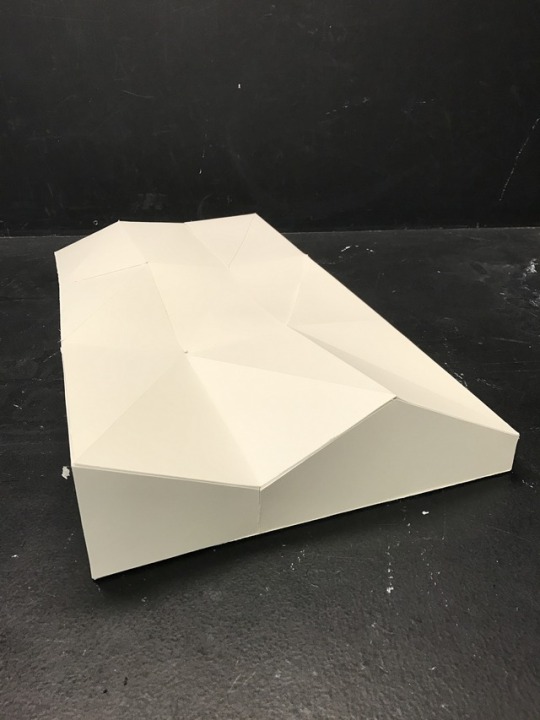
Exercise 5b~ Stephanie Wagner Jordan Cummings Grasshopper allowed us to produce a two-dimensional folding surface of museum board to wrap around our CNC experimentation.
2 notes
·
View notes
Photo
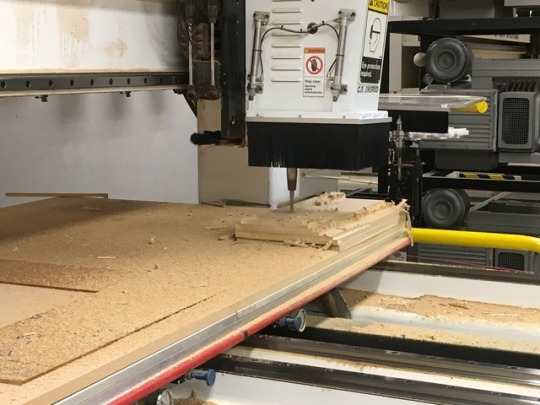
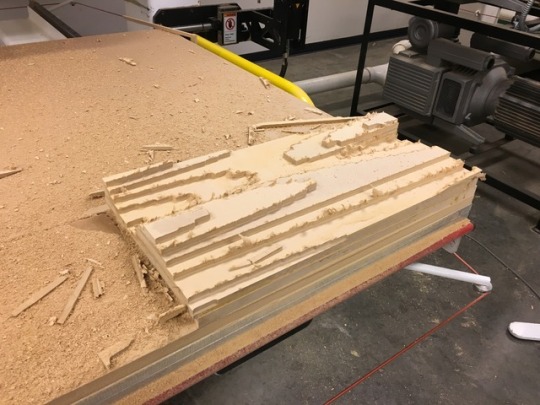
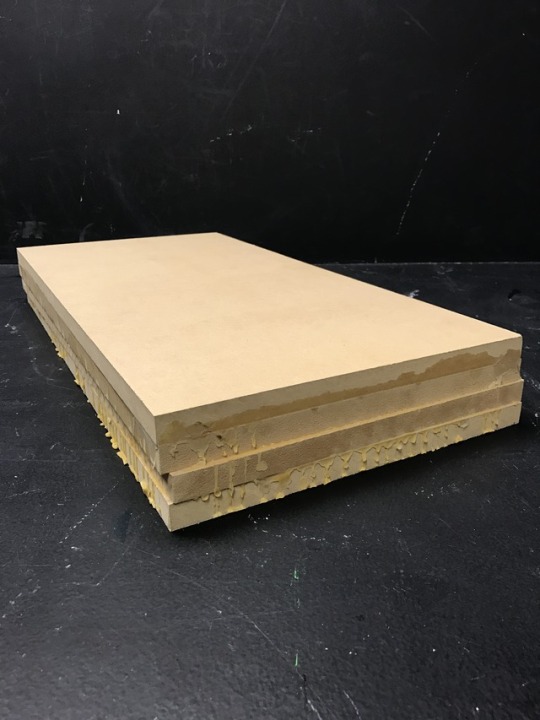
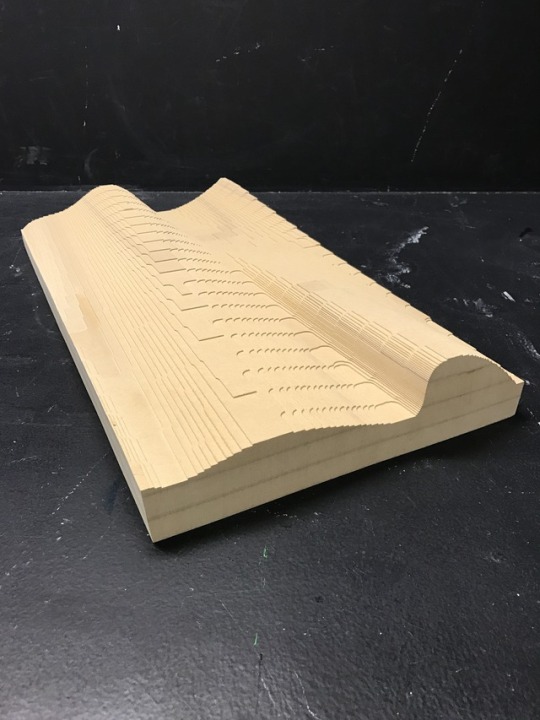
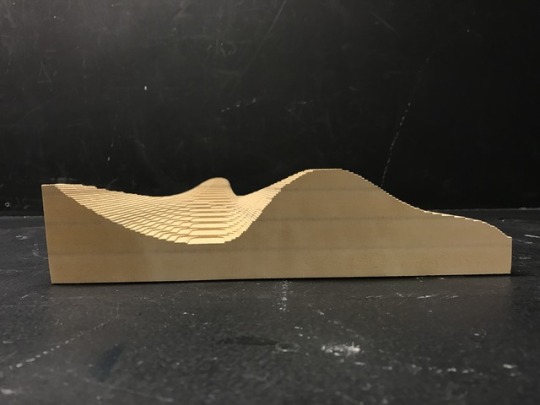
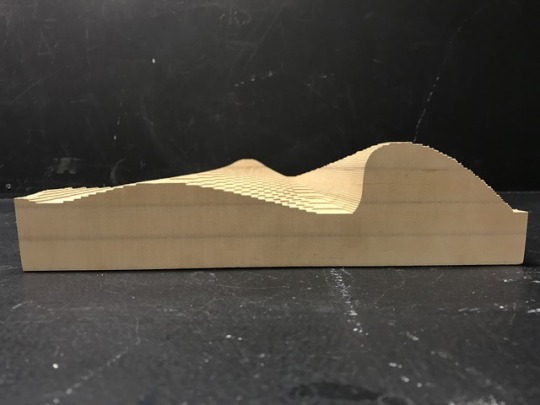
Exercise 5a~ Stephanie Wagner Jordan Cummings Experimenting with the CNC Router✅
2 notes
·
View notes
